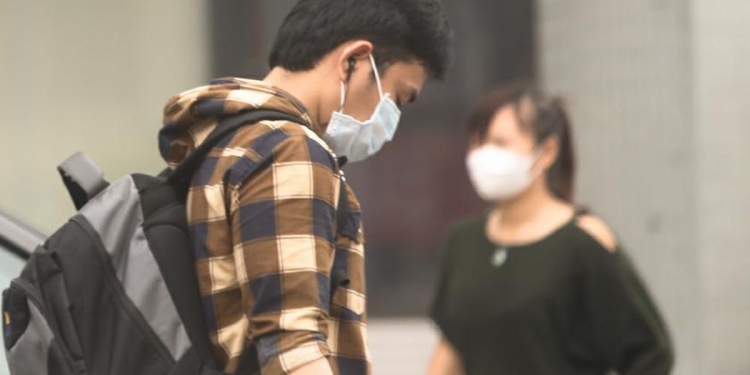The Singapore government is one-upping their national identity scheme by being the first country in the world to use facial verification. The technology is provided by iProov, a UK company concentrating on biometric technology.
“This is the first time that cloud-based face verification has been used to secure the identity of people who are using a national digital identity scheme,” said Andrew Bud, founder and chief executive of iProov.
How will it be used?
The technology will give Singaporeans access to both private and government services. It will be integrated with the country’s digital identity scheme SingPass.
Currently, it is in use at kiosks in branches of Singapore’s tax office, and one major Singapore bank DBS, which allows customers to use it to open an online bank account. The technology was initially trialled with the bank before being rolled out nationwide.
It will be used for schools to ensure that students take their own tests, and for verification in ports. For private businesses that want it, they would first have to meet government requirements.
“The basic requirement is that it is done with consent and with the awareness of the individual,” said Kwok Quek Sin, senior director of national digital identity at GovTech Singapore.
What’s the difference between verification and recognition?
A big concern about facial verification technologies used in public spaces is that people might be worried that it means less privacy. While both facial recognition and facial verification depend on scanning a person’s face, there are some key differences.
Verification requires the explicit consent of the user, and the user gets something in return, such as access to their phone or their bank’s smartphone app. This is used for things like Apple Face ID or Google’s Face Unlock.
Facial recognition technology, however, is able scan the face of everyone in a train station, and alert the authorities if a wanted criminal walks past a camera. Recognition doesn’t require consent, but verification does.
Besides being used on phones, facial recognition is already widespread in airports. They are also considered for national identification in places like the U.S.—as most people there use state-issued drivers’ licences as their main form of I.D.
The iProov technology will only work if the person is genuinely present when authenticating. Photographs, videos, or deepfakes will not work with it—especially this algorithm and software tool that gives users the ability to have their own images altered just enough to stump facial recognition systems.
[ SOURCE ]
Related reading
Fawkes can alter photos just enough to stump facial recognition systems








